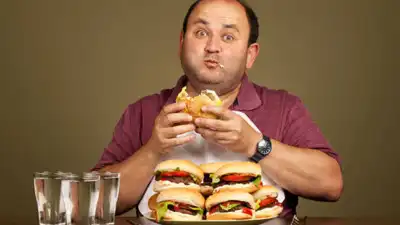Social media has revolutionized our relationship with food. From decadent desserts to sizzling street snacks, platforms like Instagram and TikTok have turned eating into a performance — more about aesthetics and entertainment than nutrition. But beneath the glossy filters and tempting reels lies a troubling reality: these viral food trends are quietly impacting our health.
As a general surgeon and robotic surgery specialist, I’m increasingly treating young adults for conditions once rare at their age — chronic heartburn, bloating, constipation, and even early-stage nutrient deficiencies.
Here’s what’s happening:
Eye-catching, gut-harming
Many of these viral dishes are packed with salt, sugar, and unhealthy fats. Regular consumption can lead to obesity, fatty liver disease, hypertension, and early-onset diabetes — all for the sake of a few likes.
Late-night binges spell trouble
Trending videos that glorify midnight food runs ignore the digestive cost. Eating heavy, greasy, or spicy meals late at night disrupts the body’s natural rhythms, triggers acid reflux, and encourages liver fat accumulation.
Viral challenges, real dangers
Oversized eating challenges and extreme spice contests may seem entertaining, but they carry serious risks — from abdominal pain and nausea to choking hazards and emergency room visits.
Sugar Bombs in Disguise
Rainbow desserts, bubble teas, and loaded milkshakes often deliver several days’ worth of sugar in one sitting. Over time, this overload can quietly damage your liver and lead to insulin resistance.
The harmful combo: Alcohol and fried meats
This popular pairing may be a hit at parties, but it’s a double whammy for your health. Together, alcohol and processed, fried meats promote inflammation and significantly raise the long-term risk of colorectal cancer.
